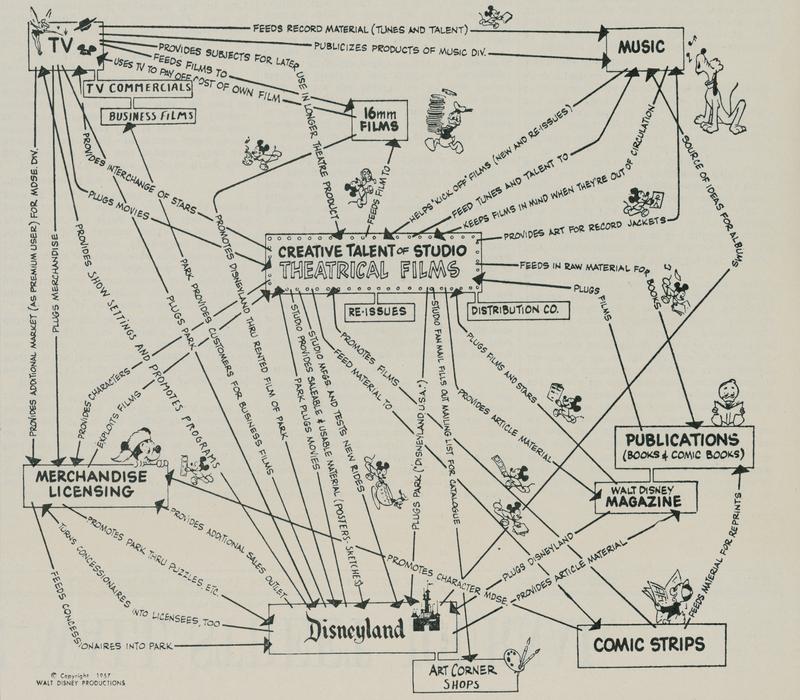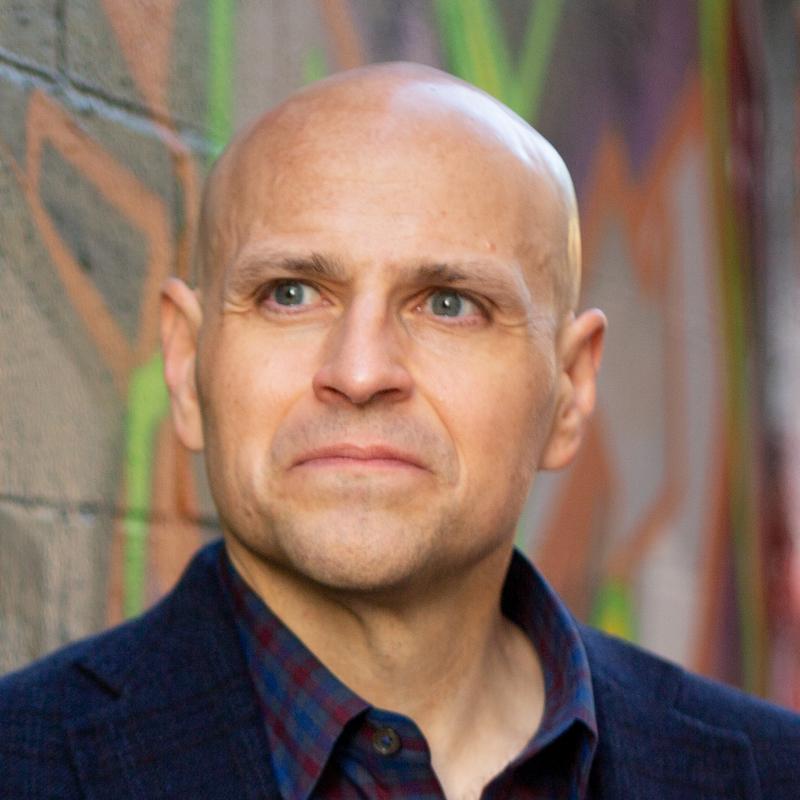
Update: Make sure to read the follow-up with other perspectives from readers.
I’ve written about Google’s research showing that psychological safety was the most predictive characteristic of successful teams. Psychological safety requires authenticity. As The New York Times Magazine put it:
No one wants to put on a “work face” when they get to the office. No one wants to leave part of their personality and inner life at home. … When we start the morning by collaborating with a team of engineers and then send emails to our marketing colleagues and then jump on a conference call, we want to know that those people really hear us. We want to know that work is more than just labor.
Authenticity doesn’t mean you have to act exactly the same way at work that you do at home. It just means that both expressions are representative of who you really are. Your work self is a facet of your true self, not a mask.
How do you become more authentic? For one thing, stop imitating someone you’re not. Product managers, in particular, can be prone to posturing. If your team thinks you spend all your mental energy trying to be Steve Jobs, it’s going to be harder for them to be open and honest with you. As Harvard Business Review explains:
Authentic leaders are genuine and honest, admit error, and stay true to what they believe. When leaders are true to themselves and admit their mistakes or failures, it gives others permission to do the same, changing the norms of the workplace.
Be you.
I received this email from a subscriber named Barry in response to last week’s newsletter (I’m using his first name only):
I’ve been working on a really great product with a lot of potential for the last fourteen months. But the work environment was really toxic and it was making me really unhappy. Making me doubt my own abilities. I was so inspired by your newsletter. It just resonated with me. It made me realize that all my hopes to make changes were just that. Hopes. So I quit. And I’ve already found a new job!
Good Reads
Apps for product managers. Product Hunt features a list by Adam Kazwell of the top tools and resources for PMs.
Typography can save your life. A fascinating piece on ProPublica about how the use of typography can affect safety in places like weather advisories, highway signs, and cockpit checklists.
Head of Strategerizing. “No one should have the word ‘strategy’ in their job title.” Kevin Delaney— Quartz’s editor in chief— explains.
Disney is shifting from relying on distribution partnerships to directly owning and operating. As Matthew Ball explains, the move to “Disney as a Service” brings the company closer than ever to finally delivering on Walt’s 60 year-old vision.

